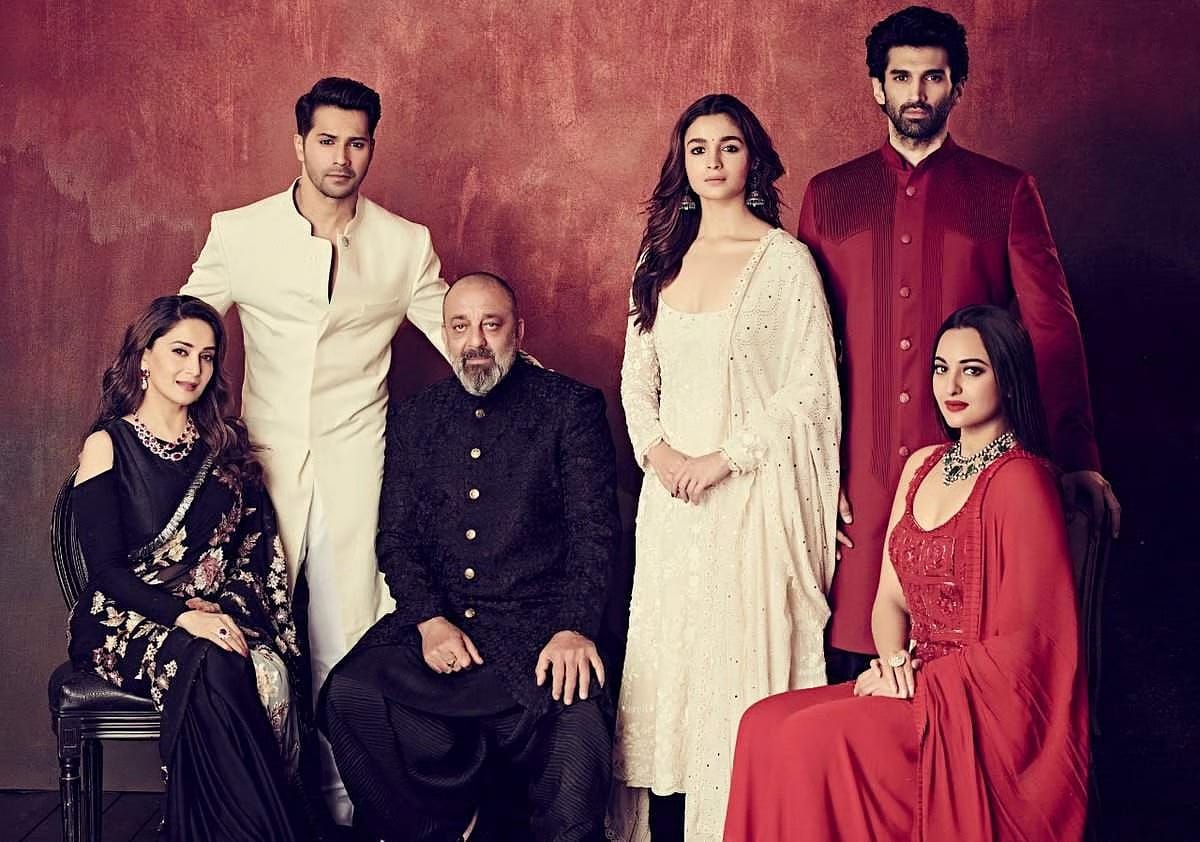

There is no doubt that Bollywood has give some of the most iconic movies to the world cinema, keeping entertainment, storytelling, visuals, beautiful writing, action, romance and much more in their forte while creating timeless works of cinema, but in recent times, Bollywood has not only lost its charm, but also its audience.
For decades and decades on end, Bollywood has been the heartbeat of Indian cinema, producing movie stars, shaping culture, and dominating the box office with a mix of music, drama, and emotion. But now, The Indian film industry, once celebrated for its mass appeal and creativity, is facing an inevitable downfall caused by repetitiveness, nepotism, changing audience tastes, and stiff competition from regional cinema and streaming platforms.
Formula Fatigue and Lack of Originality
Bollywood has had a simple way of moving along in its journey, always thriving on formula-driven storytelling, but the recycling of tropes has now reached saturation. The audience of today demand authenticity and fresh narratives, yet the industry continues to churn out films with predictable plots. For example, the recent films of the superstar Salman Khan who has ruled not only the box office but also the Hearts of people have been a massive disaster. Race 3 (2018) or Radhe (2021) were both marketed as mass entertainers, but rejected outright for their weak scripts and over-the-top action. Similarly, Kalank (2019) was a star-studded production that collapsed under the weight of its shallow writing and extravagant sets, when movies do not offer anything substantial to the audience, the new age audience has started to disregard it completely.

The over-reliance on remakes has also worsened the problem. Coolie No. 1 (2020) and Shehzada (2023), both remakes of earlier hits, flopped spectacularly. These failures reveal a lack of creative risk-taking, reducing Bollywood to a recycling machine instead of a cultural innovator.
Nepotism and Audience Backlash
The nepotism debate, sparked after Sushant Singh Rajput’s death in 2020, highlighted Bollywood’s structural problem—its gatekeeping. Viewers became more critical of star kids being given opportunities despite poor performances. Movies like Liger (2022), starring Vijay Deverakonda but aggressively marketed with Karan Johar’s backing, or Student of the Year 2 (2019), with Tiger Shroff, Ananya Panday, and Tara Sutaria, were seen as examples of nepotism with the children of former stars being in the cast. Both tanked at the box office, reflecting how audiences are no longer willing to blindly accept Bollywood’s manufactured stars.
Rise of Regional Cinema
Another factor driving Bollywood’s downfall is the incredible rise of South Indian cinema. Films like Baahubali (2015), KGF (2018, 2022), Pushpa (2021), and RRR (2022) have redefined pan-Indian success with gripping storytelling, strong characters, and technical brilliance. These movies got a nationwide acclaim and success which turned the table of regional cinema on its head. Unlike Bollywood, which often leans on marketing hype, these films deliver raw emotion and universal appeal. When KGF: Chapter 2 clashed with Hindi releases in 2022, it crushed the competition, becoming a cultural phenomenon.

Bollywood’s own big-ticket films—Laal Singh Chaddha (2022) and Adipurush (2023)—faltered badly. Laal Singh Chaddha, a remake of the Hollywood classic Forrest Gump, was dismissed as uninspired, while Adipurush faced outrage for poor visual effects and its treatment of revered mythology, despite the budget being in several hundred crores, the audience were left deeply disappointed that despite of spending that amount of money, the visual effects were those that could’ve been created by a college freshman on their computer. In contrast, regional industries are crafting films that resonate across India and globally, proving that Bollywood no longer sets the benchmark.
The OTT Disruption
Streaming platforms like Netflix, Amazon Prime, and Disney+ Hotstar have changed viewing habits. Audiences today prefer the nuanced storytelling of shows like Delhi Crime (2019), Paatal Lok (2020), or Scam 1992 (2020), which provide layered narratives that Bollywood often fails to match. Even small-scale films released directly on OTT—Bulbbul (2020) and Darlings (2022)—earned more acclaim than many theatrical releases.
The Decline of the Star System
Bollywood’s economy has long been driven by the star system—films sold on names rather than stories. But recent box office outcomes prove that stardom alone cannot guarantee success. Shah Rukh Khan’s Zero (2018), Ranbir Kapoor’s Shamshera (2022), and Akshay Kumar’s string of flops in 2022 (Samrat Prithviraj, Raksha Bandhan, Ram Setu) show the limits of celebrity power.

The only exceptions, such as SRK’s Pathaan (2023) and Jawan (2023), succeeded because they blended star presence with slick production and mass entertainment. However, these are rare cases in a broader trend of decline. Also, Jawan had a plot line with a regional director and a gripping storytelling which further proves the point of how Bollywood needs better storytelling and risk taking to have some success.
Conclusion
Bollywood’s downfall is not sudden—it has been coming for years. The industry’s obsession with formula, nepotism, and spectacle over substance has alienated audiences who now crave authenticity. With regional cinema and OTT platforms offering compelling alternatives, Bollywood no longer holds its hold and power on Indian entertainment. Unless it reinvents itself—by prioritizing strong storytelling, embracing diverse voices, and breaking away from the star-kid culture—its decline will only accelerate.
Bollywood once symbolized the dreams of India. Today, it risks becoming a hollow brand, remembered more for what it was than what it is. The downfall seems less like a possibility and more like an inevitability.